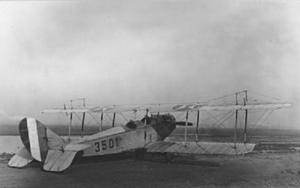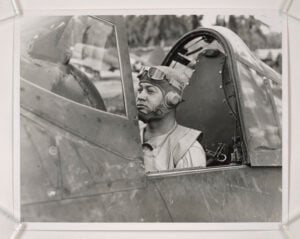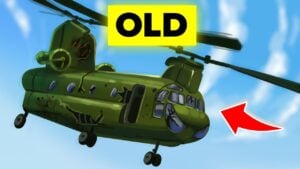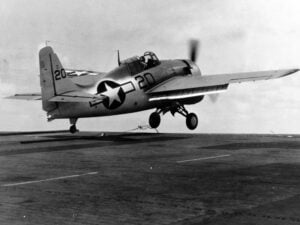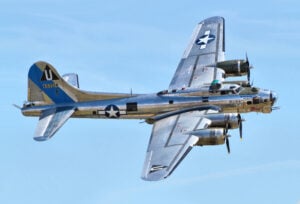World War II Bomber, Once Sabotaged by the Enemy, Reborn as the Ultimate Weapon
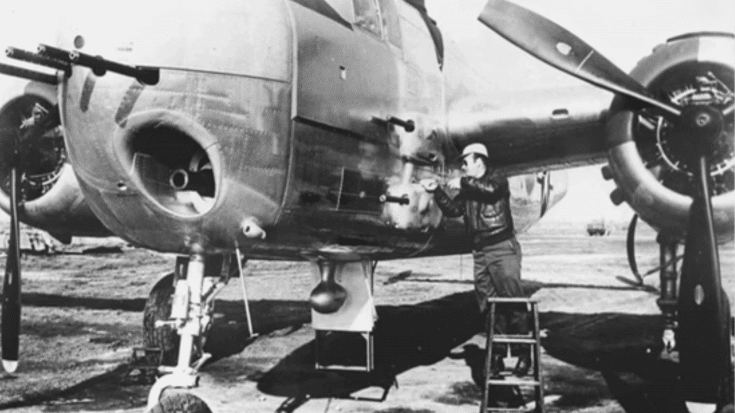
Dogfight Aviation / YouTube
The battles that unfolded above the vast waters and emerald islands of the Pacific during World War II were nothing short of epic. Standing shoulder to shoulder with the giants of military aviation was the B-25 Mitchell bomber. It wasn’t just another warbird; it became the embodiment of innovation and fearlessness with the help of Major Paul “Pappy” Gunn. Pappy’s modifications catapulted the B-25 into legend as it transformed into a ruthless gunship, leaving an indelible mark on the history of aerial combat.
Pappy Gunn’s Vision
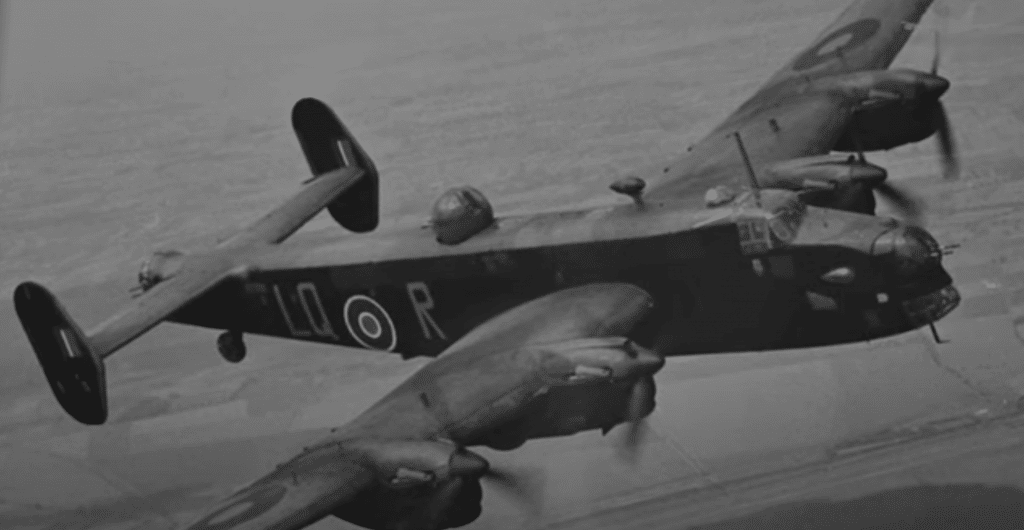
Picture the B-25 as it was in 1941: a steadfast medium bomber with the ability to hit targets from high altitude, powered by a pair of reliable Wright R-2600 engines. It thrived in various roles across different theaters, earning its stripes with the infamous Doolittle Raid on Tokyo. But as the war churned on, particularly in the South Pacific, the B-25 encountered fresh challenges. Japanese convoys were like fortresses on the move, bristling with anti-aircraft artillery and protected by zealous fighter escorts. To crack them open, a more direct approach was necessary.
Enter Pappy Gunn, a man whose aviation credentials were as venerable as his innovative spirit. He saw beyond the B-25’s standard layout, envisioning a formidable gunship that could strike fear into the hearts of the enemy with low-altitude precision. Pappy rolled up his sleeves and got to work, swapping out the bomber’s delicate glass nose for a more menacing facade bristling with .50-cal guns. With blister pods stuffed with additional firepower strapped to its sides, the B-25 now had the brawn to match its bite, with some versions even boasting a 75mm cannon.
Reinventing the B-25 for War
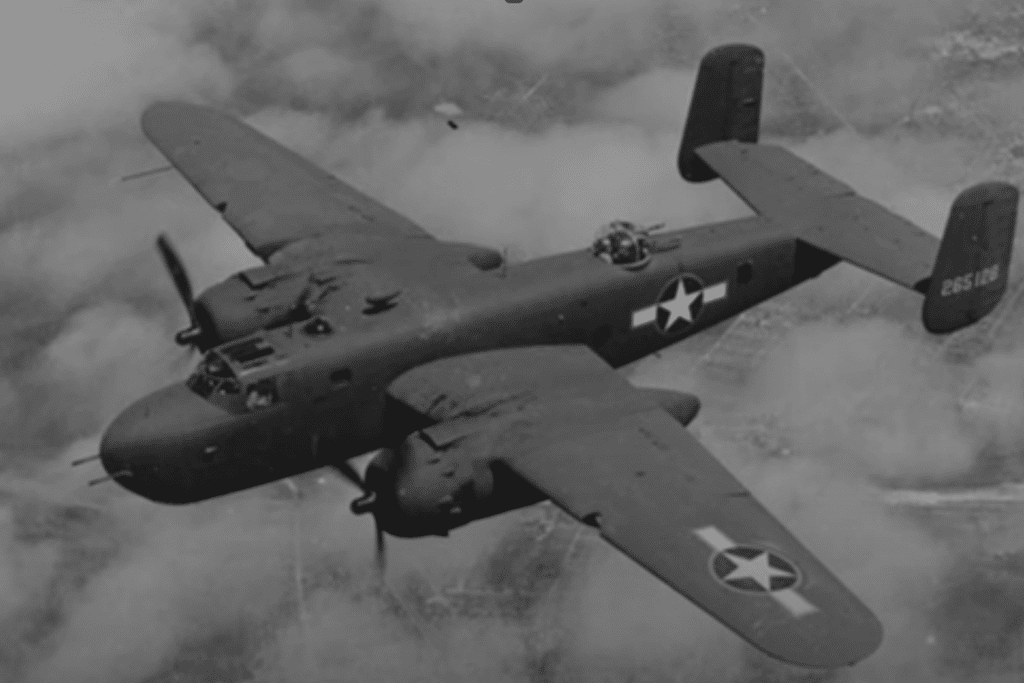
But the transformation wasn’t solely about slapping on more guns; it was a thorough reimagining of the plane’s purpose. Pappy fine-tuned the bomb bay to embrace munitions made for hunting ships, beefed up the armor for those dangerous low sweeps over enemy vessels, and taught pilots how to wrestle the newly muscled beast through the sky. These modifications weren’t without their consequences. The extra armor and guns weighed the B-25 down, asking even more of the pilots as they juggled firepower with finesse.
The true test came during the Battle of the Bismarck Sea. Here, the modified B-25s skimmed waves at breakneck speeds to hammer a Japanese convoy, proving that Pappy’s vision was more than just a wild gamble—it was a stroke of tactical genius. The Japanese supply line was crippled, helping to tip the scales of the Pacific conflict.
Impact of Pappy Gunn’s Innovations
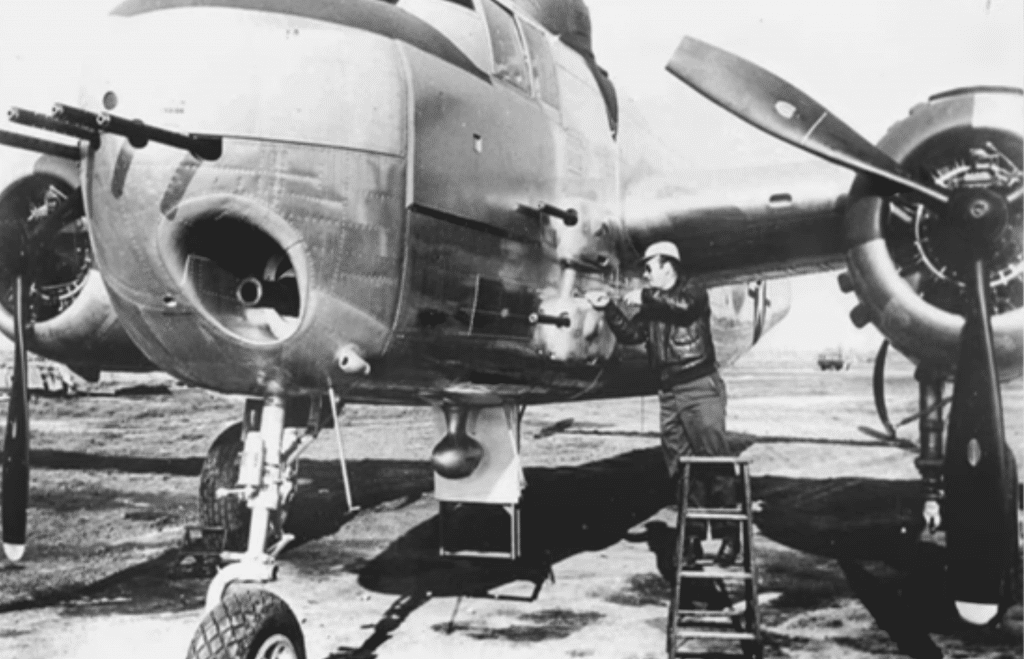
Adapting these B-25 gunships wasn’t without sacrifice. The low-altitude strikes meant crews danced with danger at every turn, facing relentless anti-aircraft fire. Still, those courageous enough to pilot and crew these aircraft carved out a legacy that would influence the design of airborne weapons platforms for generations to come.
Major Pappy Gunn didn’t just tweak a plane; he nudged the course of history. His work with the B-25 Mitchell showed the world that with some ingenuity and boldness, the tools of war could evolve right on the frontline, crafting victory from the sky.













